7hwxwR.webp?width=2000&height=500&name=tmpBanner_Reinigen%20(1)7hwxwR.webp)
How to comply with HACCP and ISO 220000?
National and international law and legislation in the area of food safety is becoming increasingly strict. Companies that are active in the food sector are obliged to comply with statutory hygiene regulations when preparing food and drink products. This means that companies producing, processing or distributing food must organise their operations in such a way that food safety is systematically ensured in order to guarantee consumer safety.
It is not only legislation that is increasing the pressure. In more and more countries, large retailers, such as supermarket chains, are joining forces, giving them a strong position of power over suppliers. Retailers attach increasing importance to improving food safety and are therefore setting more and more requirements with regard to the Food Safety Management Systems that suppliers must comply with in order to be allowed to supply.
Companies that are active in the food sector are therefore forced to go about setting up a food-safe hygiene process which they must also keep up to date. This means, among other things, that they have to draw up an HACCP plan and make provisions in practice in order to be able to comply with it. We will tell you about:
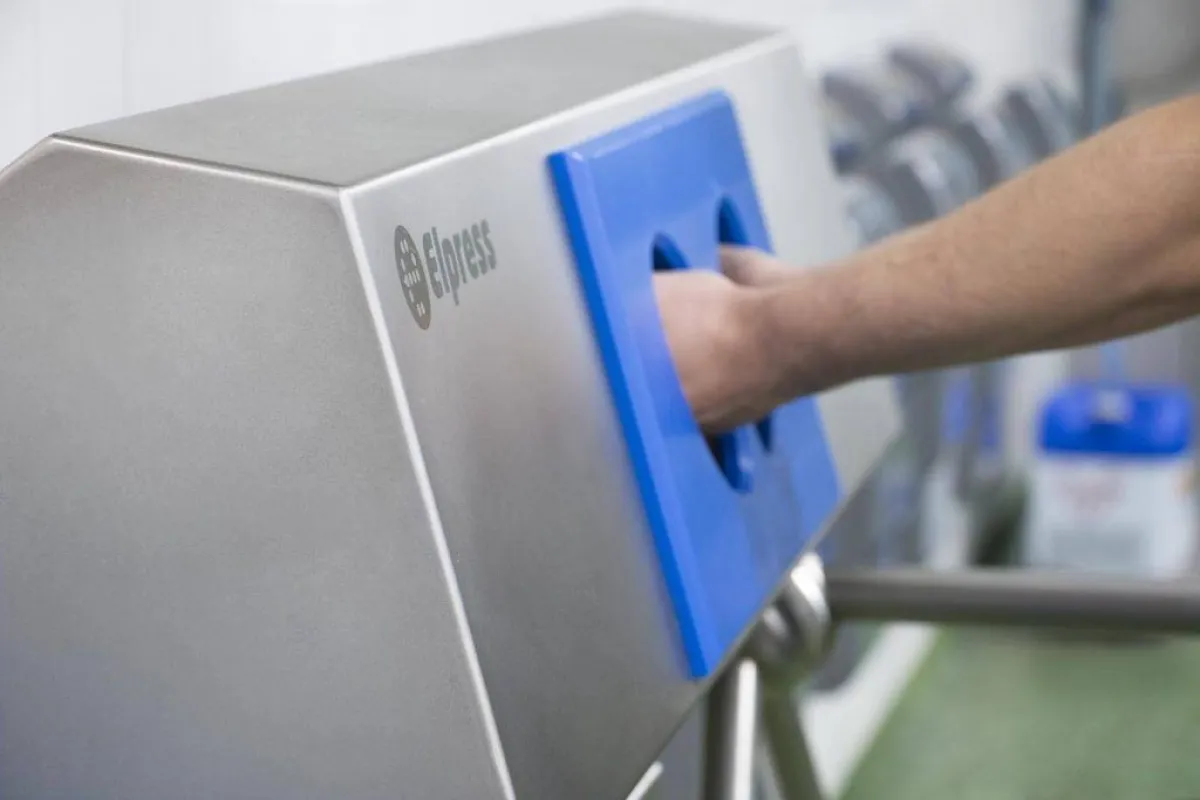
When preparing food and drinks, working hygienically is a prerequisite for guaranteeing food safety for consumers. Companies that are active in the food sector are therefore obliged by law to comply with established hygiene regulations and to work in accordance with HACCP guidelines. HACCP is a food safety risk management system that can prevent the safety of food from being compromised. In order to comply with this, food companies are obliged to document a HACCP food safety plan. A food safety plan is drawn up in accordance with the European Hygiene Regulation and is based on the 7 basic principles of HACCP.
All significant risks and associated risk management measures must be described in an HACCP plan. This is the only way to guarantee the food safety of products.

A food safety hazard that may be present in a product and can subsequently pose a threat to the health of the consumer when present at an unacceptable level. Think of bacteria, fungi, viruses, parasites, chemicals and physical hazards such as glass, metal etc.
Analysing possible hazards. An
assessment must be made of the risks consisting of the combination of the likelihood of danger and the seriousness of the consequences for public health.
Points in the process that need to be kept under control in order to prevent or reduce a hazard to an accep- table level.
When a company produces, processes or distributes food, it is obliged to draw up a process- or business-related HACCP plan, which will be assessed by a relevent law authority or Certification Body. Drawing up an HACCP plan, however, is not something that can be developed at the drop of a hat. Drawing up such procedures requires specific knowledge, experience and time. This can be a major challenge for smaller companies, such as bakers, butchers, the hospitality industry and care institutions. For this reason, so-called hygiene codes have been created (in some countries).
A hygiene code is a general and practical handbook drawn up by trade and sector organisations for a specific sector. It’s not allowed to work with a hygiene code in all the European countries. In the Netherlands the hygiene code is for example well known. The manual contains specific HACCP guidelines for that sector and may be used as a replacement for an HACCP plan. The Hygiene Code is therefore officially recognised and allows smaller businesses to easily comply with the legislation. Every three to five years, the government evaluates the hygiene code and revises it where necessary.

If a company can work according to a hygiene code, then there are a number of advantages:
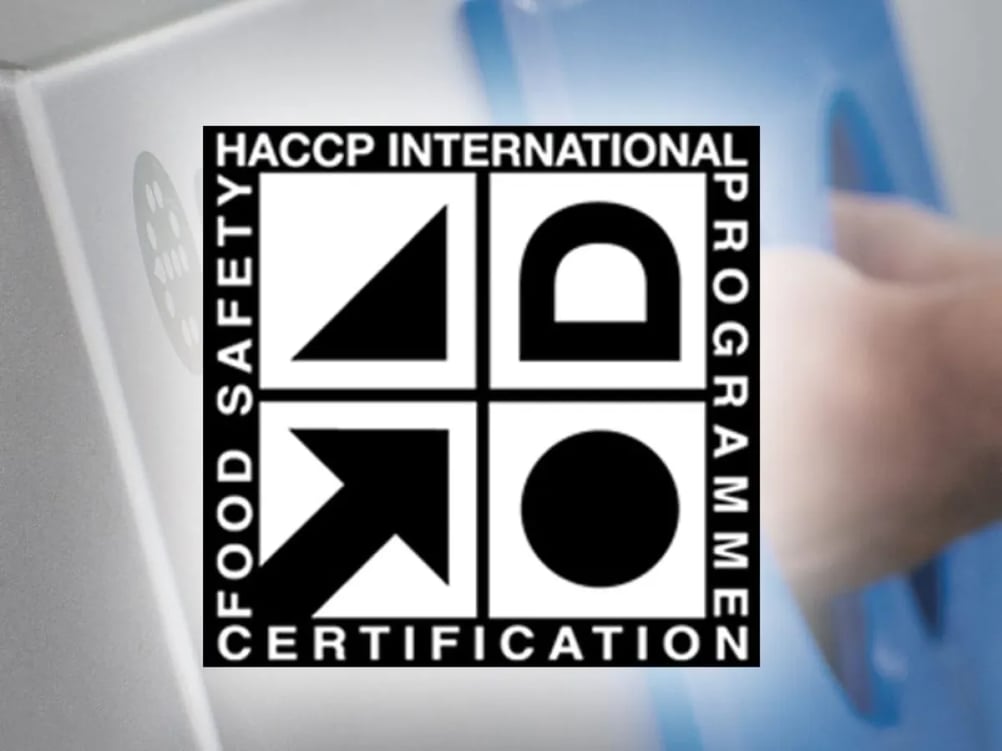
Specific hygiene codes have been drawn up for various sectors, such as poultry slaughterhouses and cutting plants, butchers’ shops, AGF retailers, fish retailers, bread shops and confectioners’ shops. However, when a company has to deal with process steps that are not described in any hygiene code, it is obliged to set up its own food safety system in the form of an HACCP plan.
Demonstrable food safety means that a company can demonstrate in practice that products are handled in a responsible and safe manner. It can be demonstrated through records and observations that all relevant basic conditions and process requirements from the Hygiene Code are met in practice.
The government states that the producer is responsible for the safety of his product. The government determines what is safe by laying down this in rules (which are mainly determined by the European Commission). In order to keep things clear, four (quality) care systems are used:
All important basic agreements on business operations and core processes are laid down in a (quality) care system. HACCP, ISO and other systems use different elements from the abovementioned care systems. HACCP focuses purely on food safety, while ISO quality management systems go a little further and also looks at business processes and structures. When a company starts working structurally according to the standards of such a system and that system is approved, then the organisation can receive a certificate or other form of recognition from a Certification Body. This enables the organisation to demonstrate to third parties, such as buyers, that it is in good order.
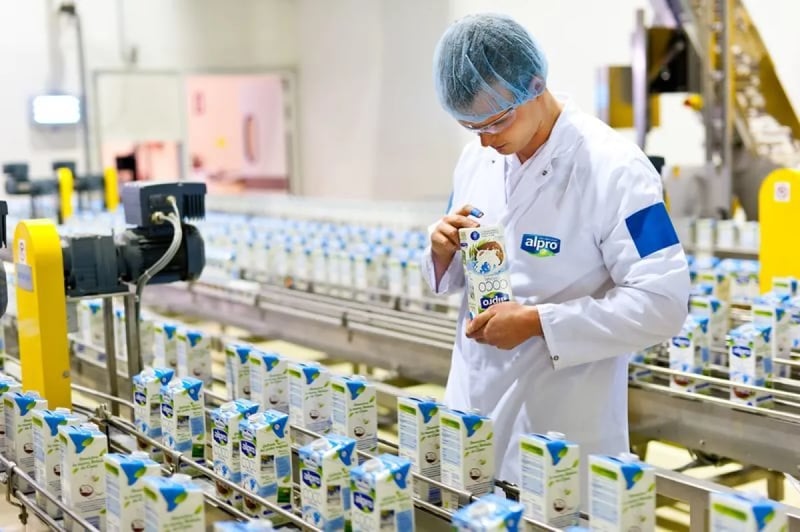
The consequences of unsafe food are serious. The consequences of unsafe food are serious. Especially now that many food products continuously cross national borders, international standards are needed to guarantee the safety of the global food chain. ISO 22000 is such a standard and since 2005 has been the standard for food safety based on HACCP guidelines according to 'Codex Alimentarius' and the management principles according to ISO 9001. This globally accepted standard forms the basis for an internationally valid ISO food safety certificate and is aimed at all links in the agri-food chain. It therefore applies to primary production, retailers and supply companies such as the packaging and cleaning products industry. This can raise food safety performance throughout the chain to a higher level.

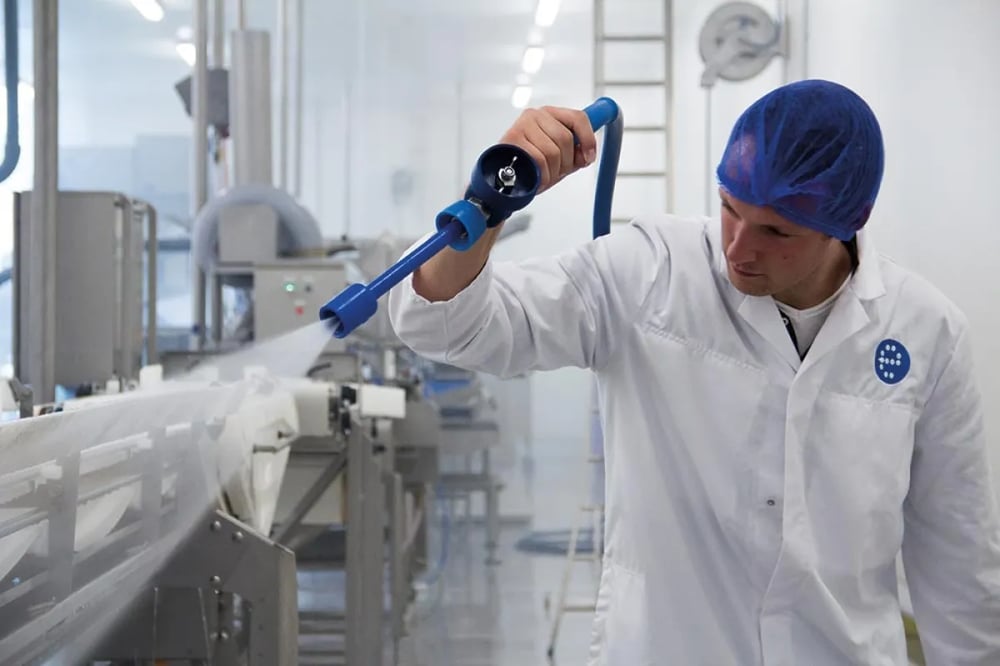
Certification is voluntary, which means that an organisation can decide whether or not to embrace it. Certification to ISO Standards can have advantages:

On an international level, a number of large retailers are working together to improve food safety. They are united in the Global Food Safety Initiative (GFSI). In cooperation with the major producers in the world, the GFSI will ensure the establishment and implementation food safety standards, the development of an early warning system and an increase in consumer information. It also calls for more activity on the part of the government.
The GFSI recognises food safety standards against GFSI benchmarking requirements:
It is often a requirement that suppliers of supermarkets must demonstrably guarantee food safety in accordance with one of the above standards. Supermarkets are free to decide which standards they want from their suppliers to comply with.
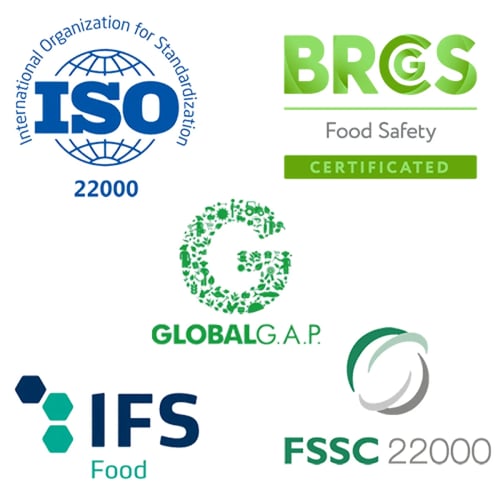
Large British supermarkets (Tesco, Safeway, Somerfield & Sainsbury) have united in the BRC. Together they set requirements for suppliers of food. These requirements have been incorporated in the BRC Food Standard. With such a certificate, a producer meets all the requirements set by the British supermarkets in one certification.
IFS is a standard drawn up by the German trade association of food distributors (HDE). The French retail branch organization FCS has joined, as well as the Italian ANCC, ANCD and
Federdistribuzione who also support the standard. The standard has been developed on the basis of BRC.
Supermarkets are becoming more and more involved in food safety, which is why they are demanding more and more from their suppliers. There are a number of reasons for this:
It is therefore extremely important for companies operating in the food sector to be aware of the Elpress / Whitepaper - Setting up a food-safe hygiene process requirements and certification expectations set by supermarkets and to be able to comply with them.
Demonstrable food safety in accordance with HACCP guidelines or a hygiene code, can only be achieved if it can be demonstrated in practice that products are handled in a responsible and safe manner. It must be demonstrated that all relevant conditions and process requirements from the Hygiene Code are met in practice. Adequate design, cleaning and disinfection of premises and equipment and personal hygiene are the basis for working hygienically.
In order to be able to implement food safety in practice, it is necessary to comply with HACCP guidelines. This means, in practice, aspects such as:

To clarify what this means in practice in regard to hygiene and sanitation, a number of passages from the ‘Dutch Hygiene Code for poultry slaughterhouses and cutting plants' and the 'Dutch Hygiene Code for the AGF Retail Trade' have been taken as examples below:
Premises must be clean, maintained in good repair and well-lit. Pests must also be prevented from entering the premises. The premises must be constructed and equipped in such a way that all parts of them can be properly cleaned and disinfected.
It must be possible to properly clean and disinfect materials and equipment which may come into contact with foodstuffs and beverages. Only purchase materials that have been made for their intended
use.
When installing equipment, make sure that the areas surrounding the equipment can also be cleaned properly. Minimise the risk of contamination of food and drink products.
Hand washing facilities. Wash basins should be available at all workplaces so that hands can be washed with water and disinfectant soap during work. The taps must not be fitted with hand or arm controls and shall therefore be operable by knee, foot, infrared, etc. The water should not be cold. Disinfecting soap should be available next to the washbasin.
All employees must ensure good personal hygiene and must wear appropriate, clean and, where necessary, protective clothing, gloves or hair. Staff must be given clear instructions for cleaning and disinfecting. With the presence of instructions at the workplace, you can show that attention has been paid to this.
In summary, if food suppliers want to be able to comply with the legislation, then it is important to put the hygiene process in order by drawing up a hygiene plan in accordance with HACCP guidelines (or embrace the hygiene code if allowed) and to substantiate this physically with adequate equipment, the purchase of hygiene facilities and the training and education of personnel.
Do you want a no-obligation discussion about practical provisions that you can implement within your company? Then schedule an appointment with me.
